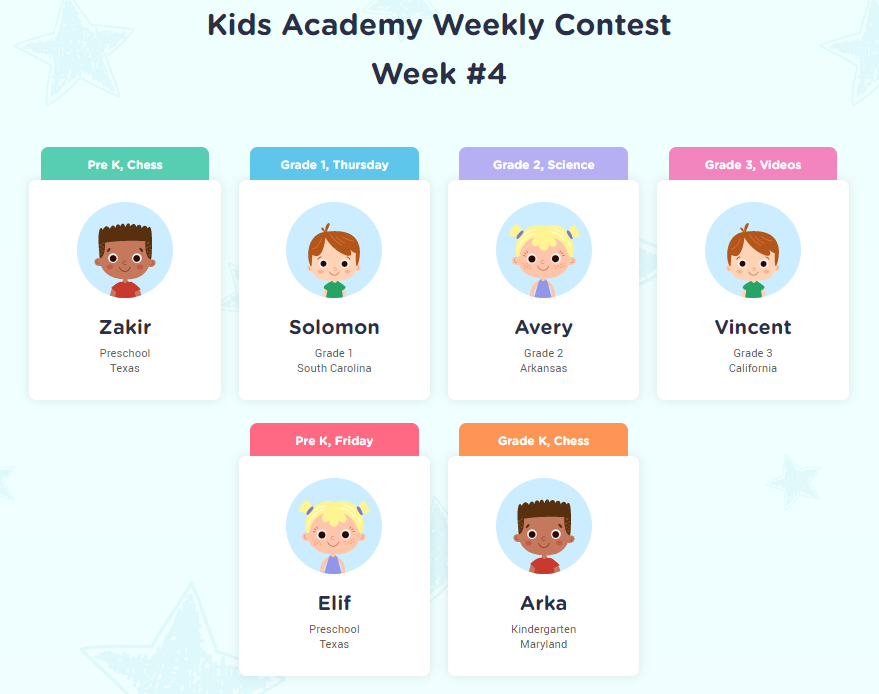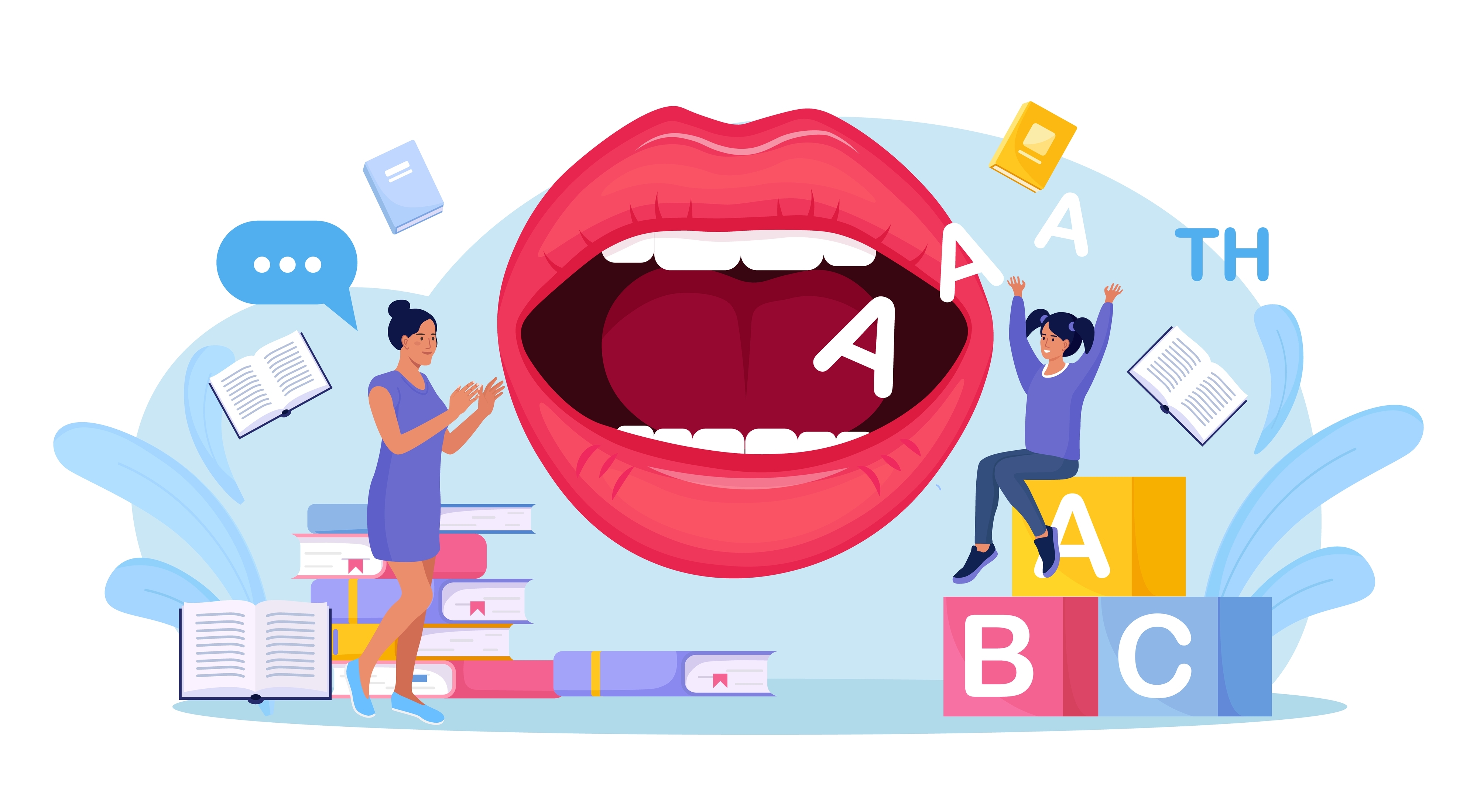Tracing Letters worksheets activities for Ages 3-4 - Page 3
56 filtered results
-
From - To
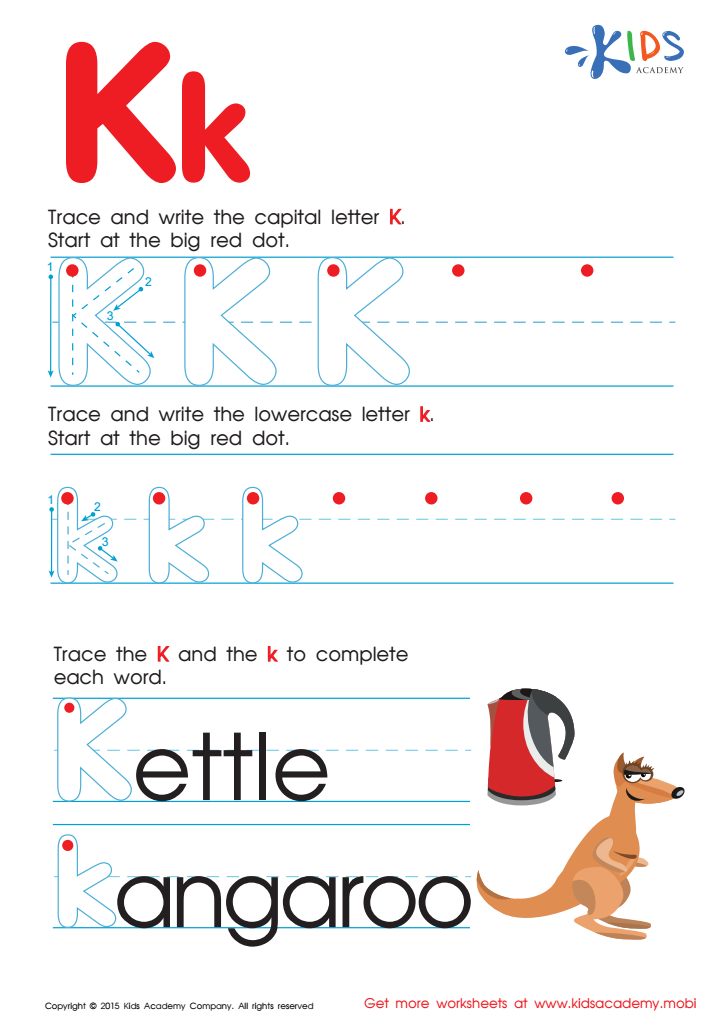

Letter K Tracing Page


Letter F Tracing Page
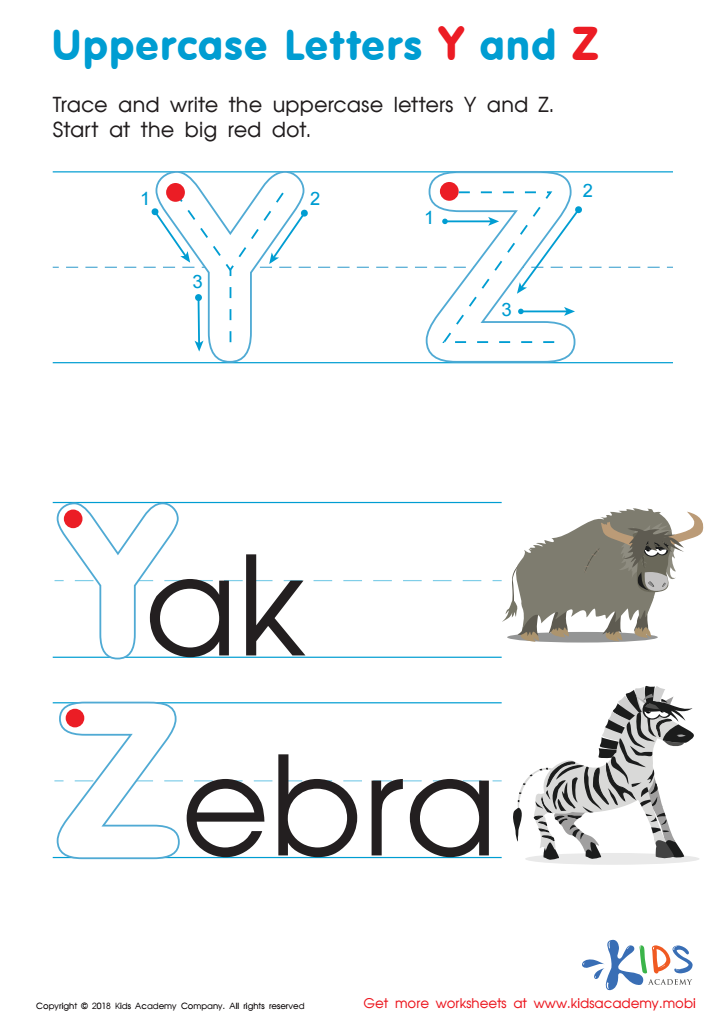

Uppercase Letters Y Z Worksheet
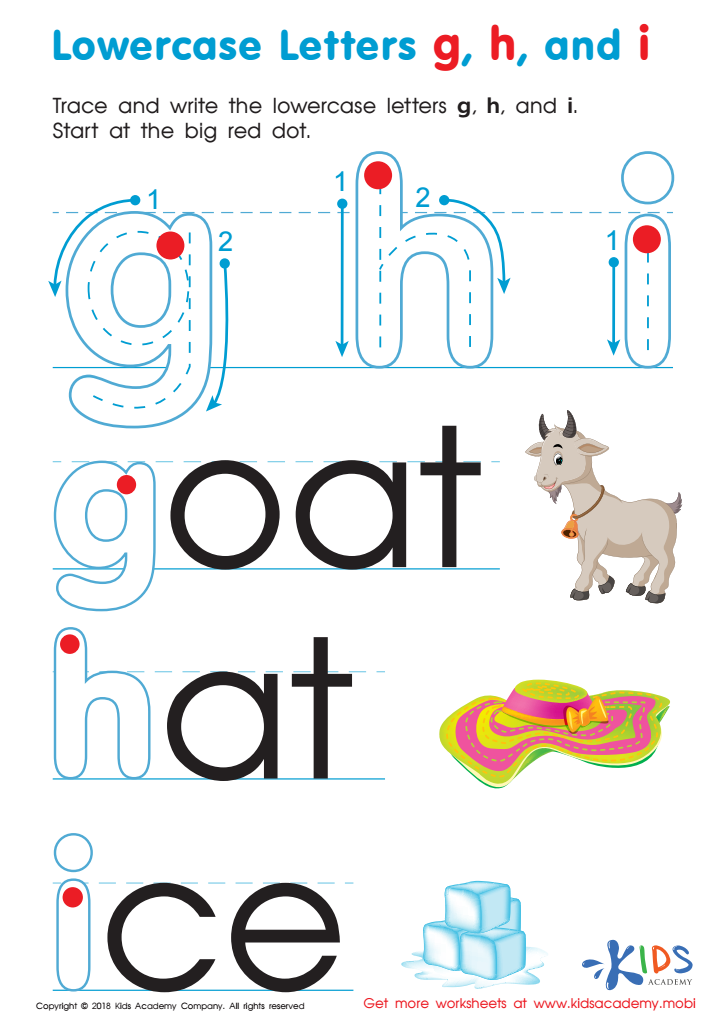

Lowercase Letters g h i Worksheet
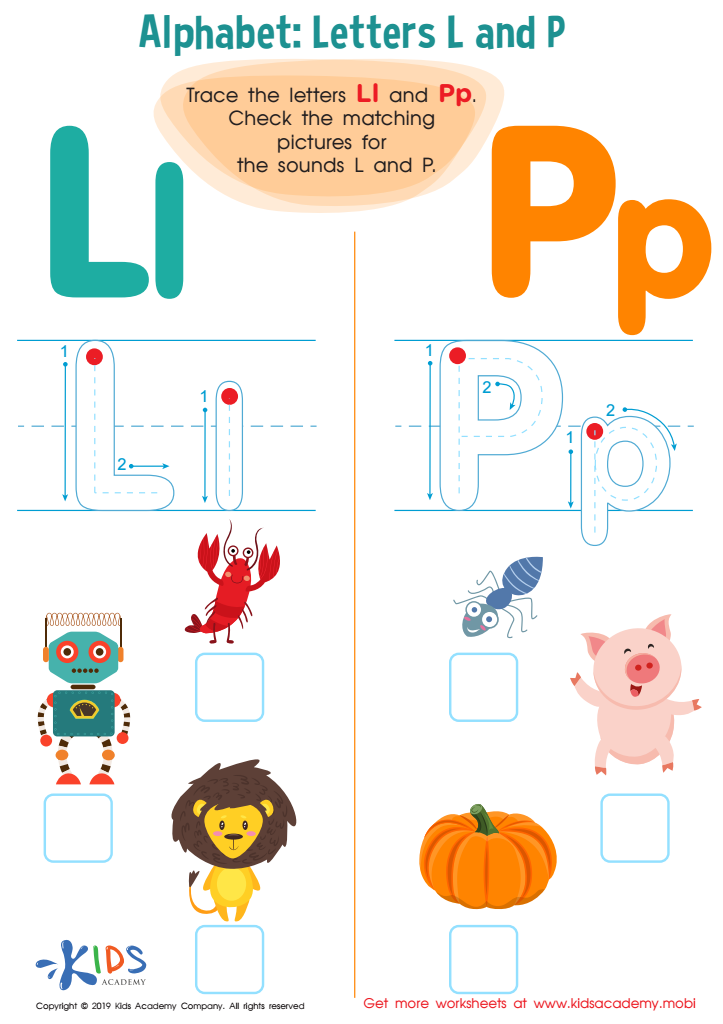

Letter L and P Tracing Worksheet
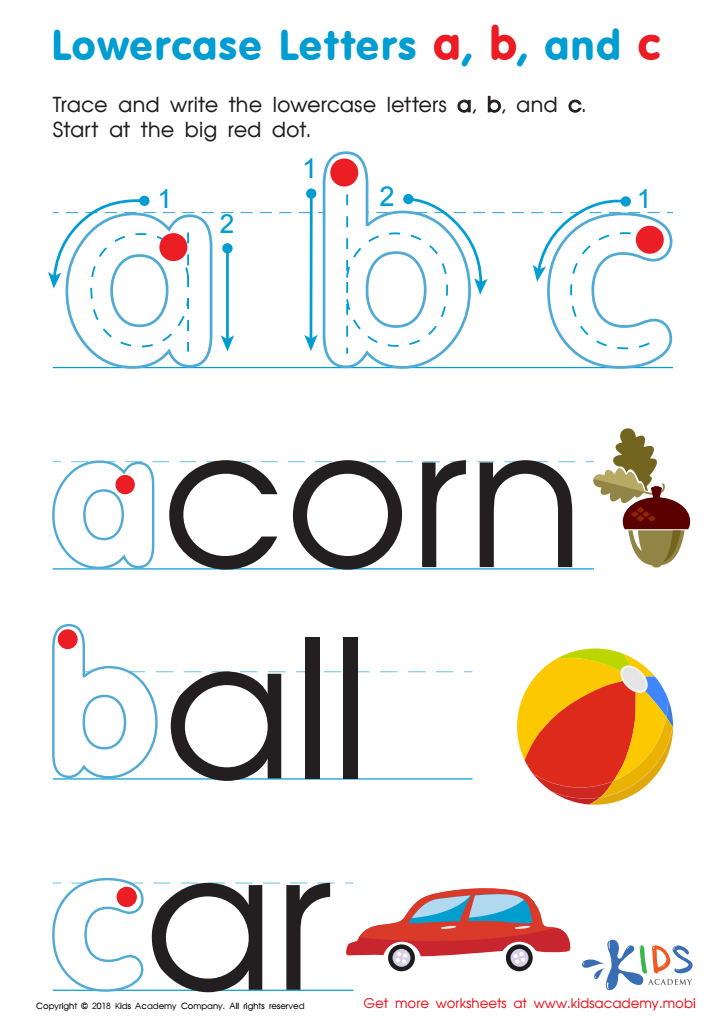

Lowercase Letters a b c Worksheet
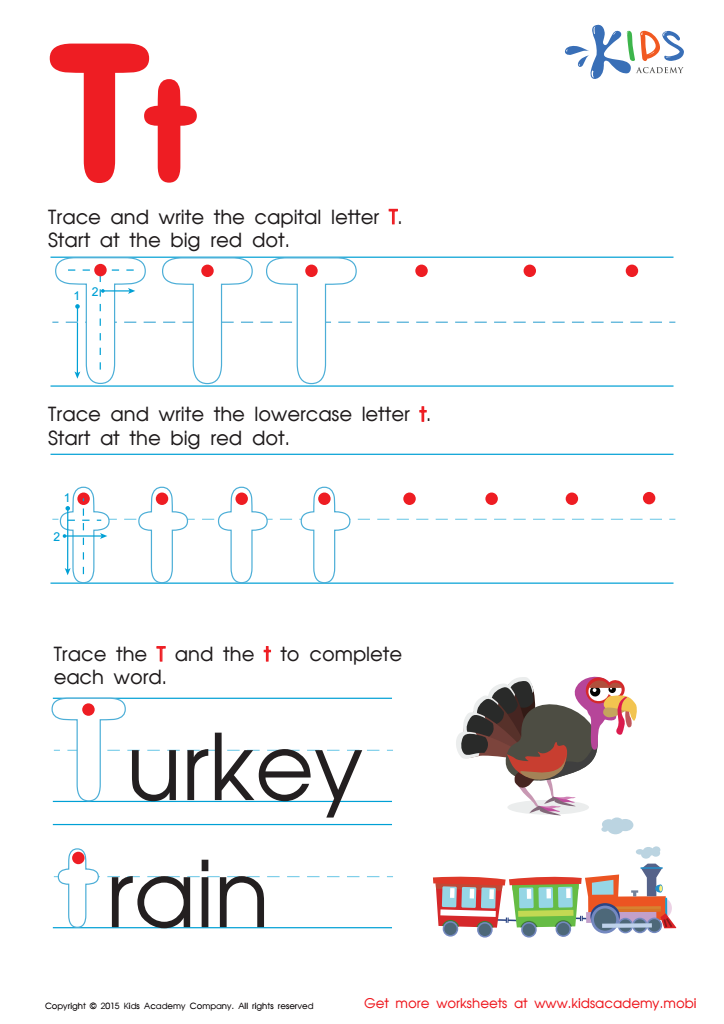

Letter T Tracing Page
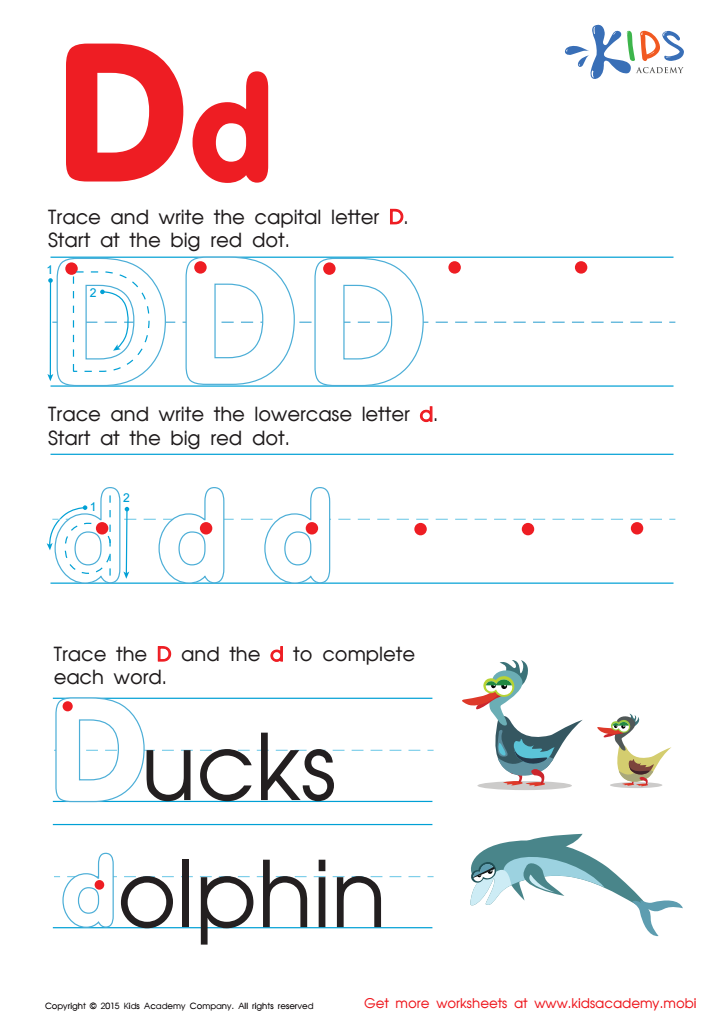

Letter D Tracing Page
Tracing Letters worksheets activities stand as an invaluable tool in the realm of early education, offering a multitude of benefits that extend beyond simple writing practice. These activities, designed with the young learner in mind, serve as a foundational step toward mastering the alphabet, facilitating both recognition and formation of letters in a fun, engaging manner. Let's delve into why Tracing Letters worksheets activities are so beneficial.
Firstly, these activities are instrumental in enhancing fine motor skills. As children trace over letters, they refine their pencil grip and control, developing the dexterity needed for future writing tasks. This precision in movement aids in the smooth transition to independent writing, making the process less daunting for the young learner.
Furthermore, Tracing Letters worksheets activities significantly boost letter recognition. By repeatedly tracing letters, children become familiar with their shapes, making it easier to differentiate between them. This familiarity is crucial for reading readiness, laying a strong foundation for literacy skills. The repetitive nature of tracing reinforces memory, ensuring that each letter's form becomes second nature to the child.
In addition to these tangible benefits, Tracing Letters worksheets activities also promote concentration and patience. Focusing on the task of tracing each letter accurately requires children to develop a level of attentiveness and perseverance. These are essential skills not just in writing but in all areas of learning and personal development.
Moreover, these activities offer a low-stress introduction to the alphabet. By providing a structured yet flexible approach to learning letters, children can progress at their own pace, reducing frustration and fostering a positive attitude toward learning. This gentle introduction paves the way for a lifelong love of reading and writing.
In conclusion, Tracing Letters worksheets activities are a cornerstone of early education, offering a multifaceted approach to learning that encompasses fine motor development, letter recognition, concentration, and a positive learning experience. These activities prepare children for future academic success, making them an indispensable tool in the early years curriculum.
 Assign to the classroom
Assign to the classroom
